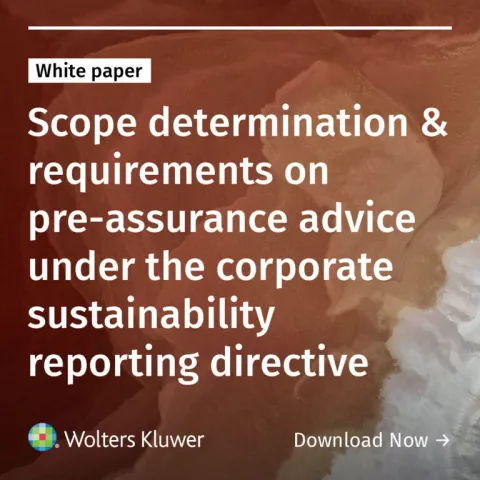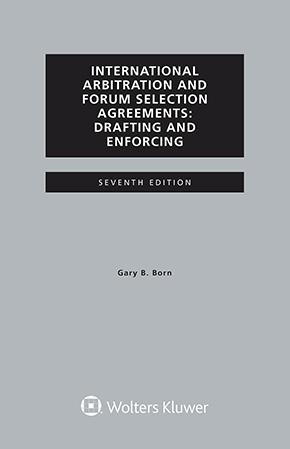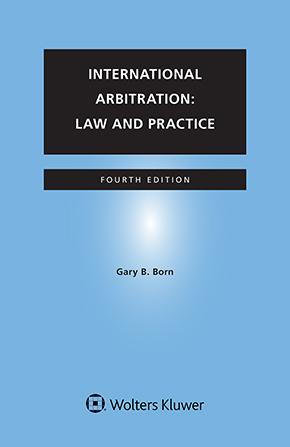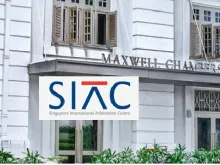Reflections on the 30th Anniversary of the Establishment of China’s Prior Reporting Mechanism for Foreign-Related Arbitration
September 3, 2025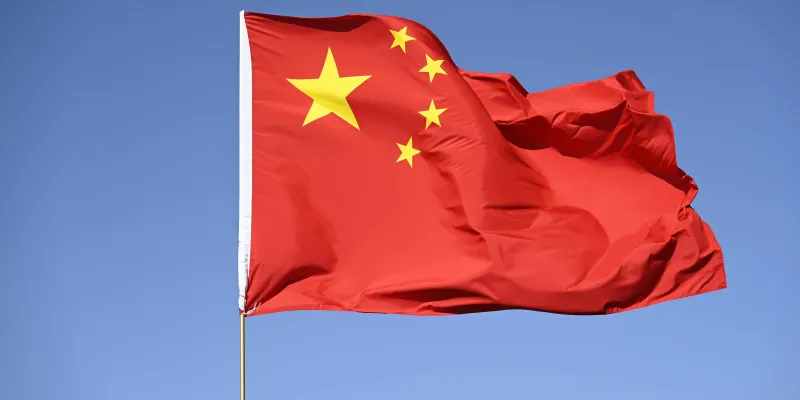
2025 marks the 30th Anniversary of the establishment of China’s prior reporting mechanism for foreign-related arbitration, presenting an opportune moment to revisit its evolution and discuss future reforms.
Establishment of the Prior Reporting Mechanism for Foreign-Related Arbitration
On April 22, 1987, the United Nations Convention on the Recognition and Enforcement of Foreign Arbitral Awards (“New York Convention”) came into force in China. That same year, the Supreme People’s Court (“SPC”) issued the Notice on Implementing the Convention on the Recognition and Enforcement of Foreign Arbitral Awards Acceded to by China to standardize the application of the New York Convention across the country and to grant substantial discretionary power to the lower courts to implement it.
At that time, international arbitration was still a novelty in China, and implementing the New York Convention posed challenges to the Chinese court system. According to the Civil Procedure Law of China, applications for the recognition and enforcement of foreign arbitral awards are to be filed with and decided by the intermediate courts, i.e., the regional courts at the municipal level across China. Before the Internet was widely available, these local courts required time to fully comprehend the New York Convention, making it challenging to establish consistent legal standards of interpretation. In fact, in the 1980s and 1990s, China had over 380 intermediate courts, and most had minimal or no experience dealing with cross-border legal issues. To protect the interests of local enterprises, some local courts adopted a hostile stance toward foreign arbitral awards. To safeguard the uniformity of the legal standard and to uphold China’s reputation for honouring international treaties, supplementing the statutory law became imperative.
On August 28, 1995, the SPC issued the Notice on the Handling of Issues Concerning Foreign-related Arbitration and Foreign Arbitration by People’s Courts (“Notice”). This Notice established that when an intermediate court finds a foreign-related arbitration clause or agreement invalid, void, or inoperable due to ambiguity, it must report the case to a higher-level court for review. The same applies when a court intends to issue a ruling refusing enforcement of a foreign-related arbitral award or the recognition and enforcement of a foreign arbitral award (“Negative Ruling”).
Subsequent to the issuance of the Notice, an intermediate court can only render Negative Rulings after obtaining approval from the SPC, thereby formally establishing China’s judicial hierarchical prior reporting mechanism for foreign-related arbitrations (“Prior Reporting Mechanism”). Over the last 30 years, the Prior Reporting Mechanism has designated the SPC as the entity continuously reviewing and scrutinizing cases referred by lower courts.
The current Arbitration Law of the People’s Republic of China (“Arbitration Law”) came into effect on September 1, 1995. On April 27, 2025, the Standing Committee of the National People’s Congress began deliberating the Draft Amendment to the Arbitration Law, which has not yet been completed. Therefore, it may be worth revisiting the Prior Reporting Mechanism and discussing future reforms.
Significant Contributions of the Prior Reporting Mechanism
The issuance of Negative Rulings involving foreign-related arbitration and foreign arbitral awards is ultimately controlled and decided by the SPC. Through the approvals granted under the Prior Reporting Mechanism, the SPC clarifies the legal standard for issues on which the statutory law is mute, which the lower-level courts subsequently follow. For instance, the Arbitration Law uses the term “arbitration commission” to refer to “arbitration institution” and stipulates that the establishment of “arbitration commissions” is subject to the Chinese government's approval. This created a perception that foreign arbitration institutions, which, by definition, are not “arbitration commissions” established with the Chinese government's approval, were prohibited from administering arbitration in China, as the Arbitration Law only empowers “arbitration commissions” to administer arbitration cases.
The SPC clarified this issue in Longlide v. BP Agnati. According to the arbitration clause at issue in Longlide, a dispute shall be submitted to the ICC, and the “place of jurisdiction shall be Shanghai”. Longlide argued that the arbitration clause was invalid because the ICC, as a foreign arbitration institution not formally recognized as an “arbitration commission” under the Arbitration Law, lacked the authority to administer arbitrations in China. However, the SPC held that the arbitration clause satisfies all statutory requirements under the Arbitration Law, including “a chosen arbitration institution” and is thus valid. This was the first time a Chinese court recognized that an “arbitration commission” under Article 16 of the Arbitration Law includes foreign arbitration institutions.
The Prior Reporting Mechanism also serves as a robust weapon in fighting local protectionism. Prior to the establishment of this mechanism, local protectionism was a primary threat against foreign-related arbitration and foreign arbitral awards. Some courts erroneously expanded the legal grounds for invalidating arbitration agreements, particularly through the invocation of the public policy defense. With the Prior Reporting Mechanism, the SPC has the final say in rendering Negative Rulings and can restrain local protectionism. For instance, in Western Bulk v. Beijing Zhonggang TianTie, the lower court intended to deny recognition and enforcement, holding that the award was manifestly unfair because the arbitral tribunal awarded lost profits without a factual or legal basis, thereby purportedly violating public policy. On review, the SPC held that errors in a tribunal’s substantive decision—even if they concern the fairness of the outcome—do not by themselves amount to a violation of public policy.
The Prior Reporting Mechanism enables the SPC to unify legal standards nationwide. For instance, through this mechanism, the SPC further elaborated the definition of a public policy violation under Article V of the New York Convention in its official replies to lower courts. In Debao v. Hubei Yingtai, for example, the SPC held that prohibitions on enforcement against state-owned assets through property transfers do not necessarily trigger a violation of public policy.
The Prior Reporting Mechanism fills gaps in the current Arbitration Law and addresses contentious issues in international practice, thereby strengthening the Chinese arbitration law landscape. A notable example is Zhejiang Yisheng Petrochemical v. Invista Technology, where the SPC upheld the validity of an arbitration clause designating a Chinese arbitration institution while adopting UNCITRAL Rules. This decision resolved a previously unsettled question regarding whether Chinese arbitration institutions could administer arbitration cases under ad hoc arbitration rules like the UNCITRAL Rules.
Future Prospects: Exploratory Thoughts on Enhancing the Prior Reporting Mechanism
While the Prior Reporting Mechanism has made valuable contributions, there is a demonstrated need for improvement across several aspects. The following explores four key perspectives where enhancements could be made.
First, the Prior Reporting Mechanism is not yet an independent judicial review procedure prescribed by statutory law. As a result, the SPC’s replies made under this mechanism are not mandatorily required to be published. Specifically, although the Prior Reporting Mechanism has been affirmed by the Provisions of the Supreme People’s Court on Issues Concerning the Reporting of Cases Involving Judicial Review of Arbitration for Examination and Approval, (a judicial interpretation promulgated in 2017 by the SPC), as a court procedure, it has not yet been absorbed into any statutory law such as the Civil Procedure Law. Publicizing the SPC’s replies made during the Prior Reporting procedures is not a mandatory duty, as SPC’s replies are not subject to statutory disclosure mandates. Accordingly, one way to enhance the current Prior Reporting Mechanism would be to integrate it into the Civil Procedure Law, mandating the publication of relevant decisions issued under this mechanism.
Second, the absence of a specified time limit for Prior Reporting proceedings presents another area for improvement. Currently, the Provincial High Court faces no deadline to draw a conclusion upon reviewing a case, nor is the SPC bound by a specific timeframe to issue its reply. In practice, the entire Prior Reporting proceeding takes significantly longer than that of an ordinary litigation. This lengthy process may undermine an arbitration’s inherent efficiency advantages, thereby diminishing its attractiveness as a dispute resolution mechanism. Hence, implementing specified timelines would better align the Prior Reporting Mechanism with the efficiency goals of arbitration.
Third, parties should be allowed to participate in Prior Reporting proceedings. Currently, the Prior Reporting remains an internal judicial proceeding rather than a formal legal proceeding in which parties may participate. Under Articles 5 and 6 of the Provisions of the Supreme People’s Court on Issues Concerning the Reporting of Cases Involving Judicial Review of Arbitration for Examination and Approval, lower-level courts may submit cases and briefings to higher-level courts, which in turn may render their opinions (known as “Reply Letters”). Currently, the Prior Reporting Mechanism largely excludes parties from participation, denying the parties’ opportunities to submit briefings or attend hearings, except in rare circumstances. Since the court’s adjudication in the Prior Reporting proceedings directly impacts parties’ rights, such exclusions risk undermining procedural legitimacy and fairness. Thus, to enhance transparency and procedural fairness, reforming the Prior Reporting Mechanism to permit greater party participation merits consideration.
Finally, when necessary, the application of Prior Reporting Mechanisms should be extended to circumstances where lower-level courts do not intend to challenge the arbitration agreement or the arbitral award. For instance, when an intermediate court intends to recognize and enforce a foreign arbitral award that has been set aside at the arbitration seat (e.g., the Chromalloy case decided in a U.S. court) but remains uncertain about the appropriate course of action, the intermediate court should be allowed to report to higher-level courts and seek guidance from the SPC. This would bolster China’s role in global arbitration while aligning with the evolving norms of judicial discretion.
Conclusion
China’s Prior Reporting Mechanism was established 30 years ago and successfully balances arbitration with party autonomy and judicial supervision in the country. It plays a pivotal role in safeguarding the smooth implementation of the New York Convention in China and indeed contributes greatly to the healthy development of arbitration in China. That said, there is ample room for the mechanism to be further improved, and there are tangible ways to achieve this in the near future.
You may also like





